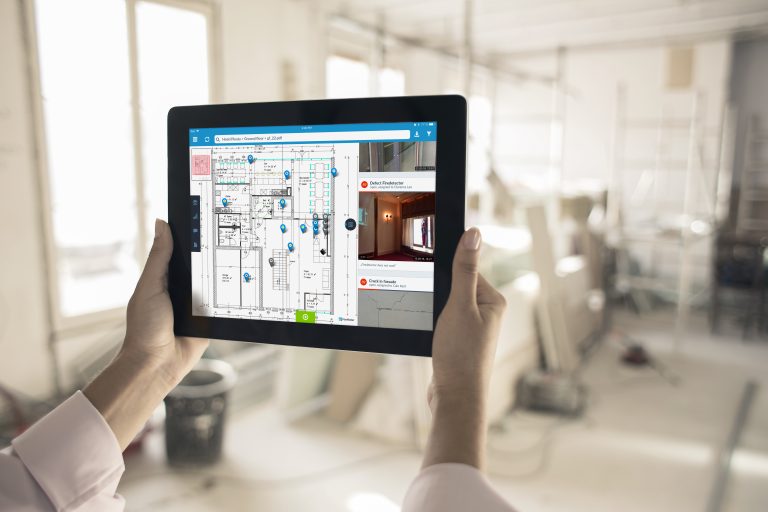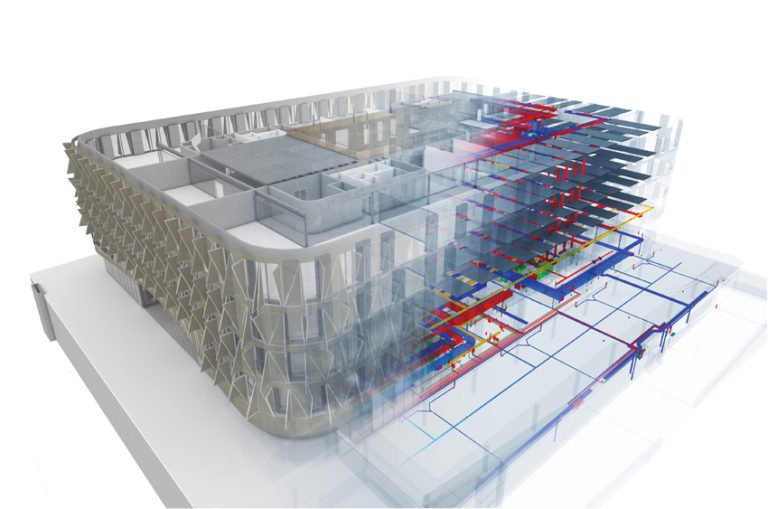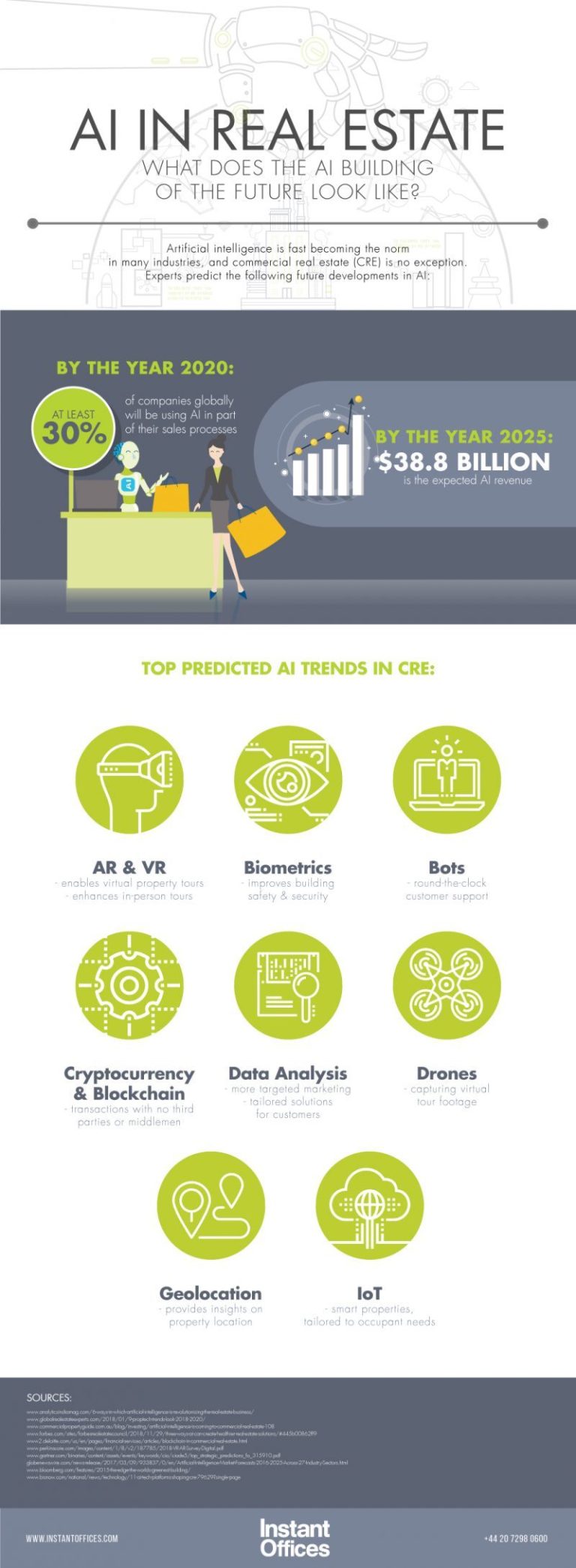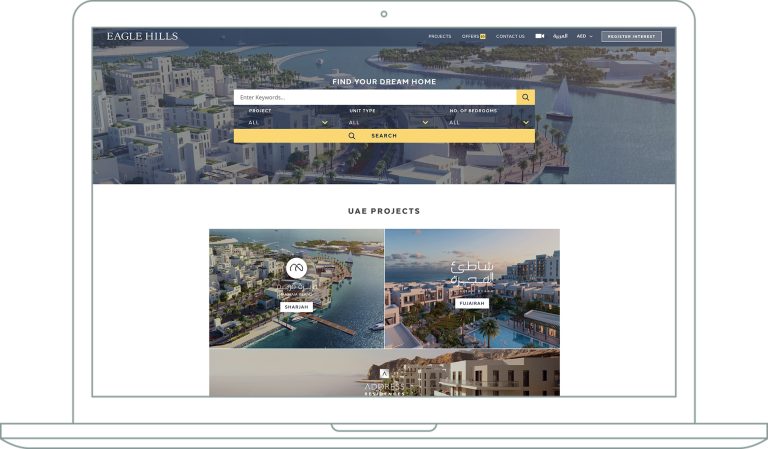The function of HR is going through a rapid change. As with all industries and internal business functions, the advent of technology has boosted abilities and allowed for the once intangible to become tangible through the capture and analysis of data. In the past 20 years, its function has gone from submitting absenteeism reports to reporting on turnover and other employee numbers, to today delivering tangible business outcomes. While HR professionals have long cared about business strategy, the challenge has always been the ability to forecast, to prove with some degree of certainty what their actions would deliver for the business – what retention really meant. With the inability to predict outcomes, HR historically battled a disconnect when requesting budgets, knowing that their actions would have positive impacts, but not always being able to say exactly what that meant for the bottom line. The shift has begun; HR Managers or Directors are now becoming HR Business Partners, a sign that the function of HR is transitioning towards something more strategic, aligning with the goals of the business and driving outcomes that can be measured in a way business leaders understand and therefore demonstrating ROI. What is strategic HR? Strategic HR includes all of the typical HR components, including hiring, discipline, and payroll, but through the use of technology, HR can now also work with the business to boost retention, improve the quality of the work experience, and maximise the mutual benefit of employment for both the employee and the employer. HR departments today collect massive amounts of people data which can fulfil business goals and be presented to management in a more impactful way. Utilising business intelligence tools, HR teams can now forecast the ROI of their initiatives to prescribe the most effective course of action, whether for attracting new employees, retaining existing employees, or running initiatives internally to boost morale and drive sales. If the business wants to lower internal costs, HR teams can implement goals that back this up by employing increasingly effective strategies to retain more talent, thus lowering recruitment costs. Informed insight means informed decisions With the state of this technology as it is today, a proper HR analytics tool requires no major overhaul for a business. These tools simply pair with the best of breed systems an organisation already has and then creates a warehouse of data. No painful starting point. No need to be a data scientist. It is ‘drag and drop’ level easy with the massive upside of giving HR professionals unprecedented insight into the minds of their employees and thus the heart of their organisation. Workforce analytics tools help businesses to make better decisions, find hot spots, identify managers that are failing or excelling, identify employees to try and replicate, define programs that boost morale, and quickly quash initiatives, policies or other internal situations that are harming the happiness of the people. What can be uncovered with these tools is innumerable, but the simplest and most powerful outcome is preventing the loss of employees by leveraging employee data to make smart retention plans. After all, the largest unnecessary expense for a business is to lose good employees. If a company spends, on average, $100 per employee on retention, it makes sense that they would want to know who is actually most likely to quit, and who is most worth focussing the investment and time on retaining. This critical information helps to create and sharpen retention and engagement plans and forecast what costs could be saved as a result. Modern HR is backed up to the business HR teams now have the ability to be right there to back up business goals, attracting and retaining the best talent and consulting with the business on the best initiatives for employee satisfaction, even down to which policies could be replaced to retain more employees. Additionally, people analytics strategies allow HR departments to align measurable goals with business goals, provide actionable analytics to the right roles, suggest actions to improve the future, measure the impact of these actions, and report outcomes to the business. The benefit for the business is obvious; clear, predictive analytics to show the measurable business outcomes that can come from HR initiatives. For HR professionals, these tools not only allow them to work with more efficiency, but it also brings them into a new era where HR can stand as a strategic business partner, with tangible evidence to back up what they have known all along: happy people drive business forward. Brad Winsor, VP Workforce Analytics, SplashBI














